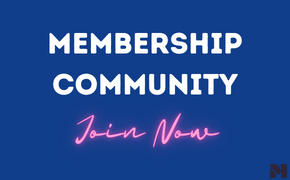Is the Position Description dead?
We’ve all heard the argument about dropping the need for resumes over the years, but what about the use of Job Descriptions (JDs)? Recent research by HSG tell us the following:
• 37% of organisations don’t have one for all roles
• It takes 60% of us over an hour to write one
• Less than 30% are linked to a person or their performance
• Over 60% are written for recruiting purposes, and 43% never update them again
So the research would tell us that the traditional JD is virtually a single purpose document used mainly for recruiting.
But modern recruiters hardly ever use a JD – they rely on their own ability to explain the opportunity. And modern candidates rarely ask for the JD – they understand that work is fluid. I know they are a classic tenet of traditional HR practice, but do we actually, really, use them?
Perhaps it’s time to take another approach:
1) a short purpose and scope statement against which performance is measured, quickly and easily adjusted when required, leaving room for creativity around how the work gets done.
2) The selection brief for recruiting.
Have your say – is it time to change the approach?














